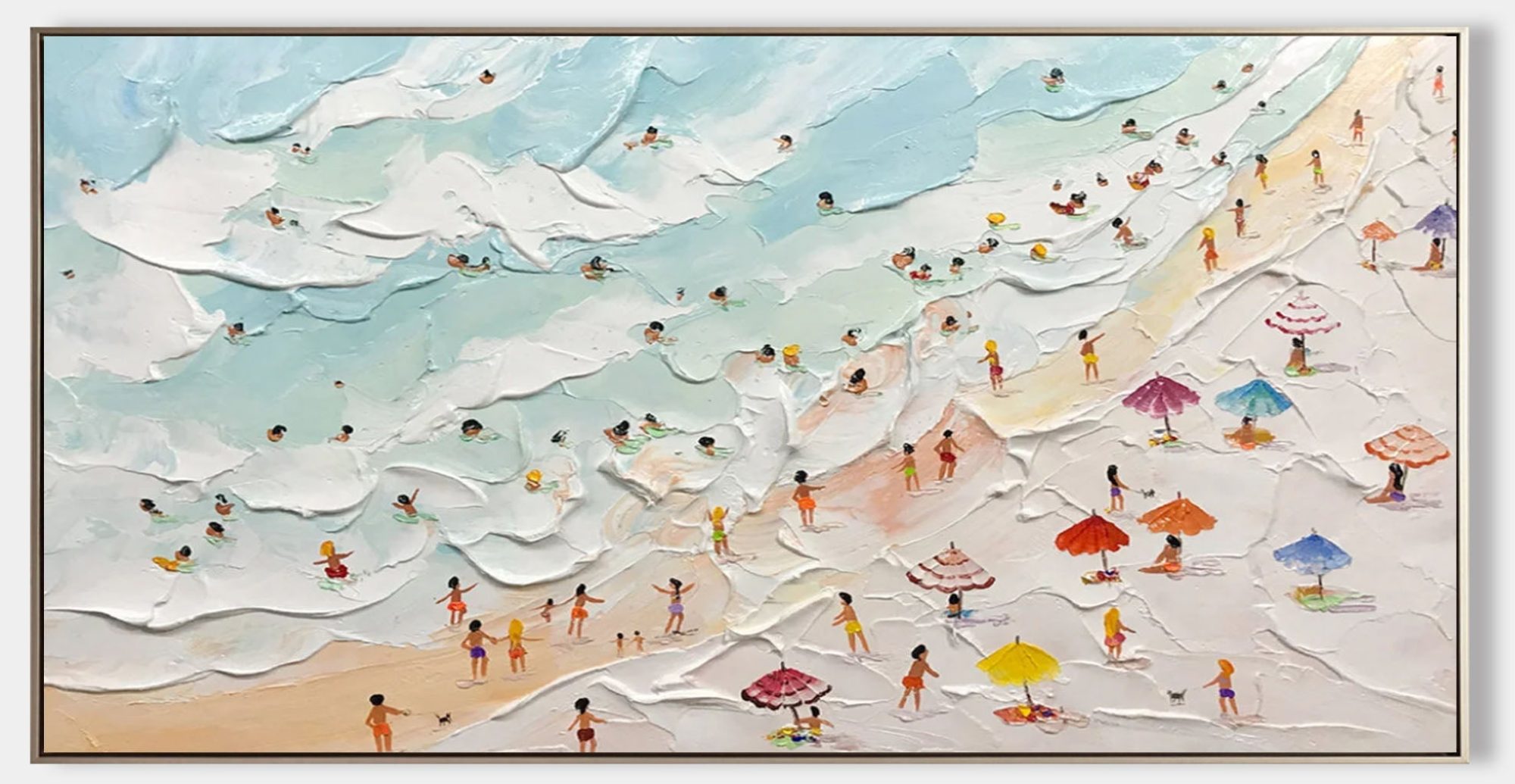Getting Started the Right Way
Oil painting flowers doesn’t have to be confusing or expensive. A lot of beginners think they need a massive brush set and 50 shades of paint, but that’s not true. The secret? Stick to a few good brushes and a reliable set of colors. Let’s dig into what really helps when painting florals in oils.
🖌️ What Brushes Work Best for Flowers?
It’s no surprise that your brush can totally change how your flowers turn out. Here are the ones that really make a difference:
• Filbert Brush
Great for smooth petal edges and blending. A size 6 or 8 can work well for most medium-sized flowers.
• Flat Brush
Use this to lay down backgrounds or base layers. Also good for making sharper shapes like leaves.
• Detail Round Brush
Perfect when you need to paint thin lines like stems, or add those final highlights on petal edges.
• Mop Brush (Bonus Tip!)
This one’s optional but amazing for softening transitions. If your petals feel too “cut-out,” try blending edges with a mop brush.
A small set of 3–4 brushes is enough to get going. You can always add more later.
🎨 Flower-Friendly Color Palette
Choosing colors for flowers can feel a bit overwhelming. But a smart, small palette helps avoid muddy mixing. Try these basics:
- Titanium White – For highlights and blending
- Cadmium Yellow Light – Works for bright petals and sunflowers
- Cadmium Red Medium – Warmth for poppies, tulips, or background flowers
- Quinacridone Rose – Beautiful for layering pink petals
- Ultramarine Blue – Adds cool contrast and makes nice purples
- Viridian Green – Bright greens for stems and leaves
- Burnt Umber – Good for shadows and muting strong colors
Don’t forget to test how your paints mix together before applying them directly. That’ll save a lot of headaches.
🌸 Keep Your Palette Simple
It’s tempting to use every color you have—but more colors don’t mean better results. When you use fewer pigments, your flowers look more unified and harmonious. Mixing colors with white can also give softer tints that work better for petals.
Pro tip: Limit to 5–6 colors at a time. You’ll be surprised how much you can do with less.
💡 Quick Tricks for Success
- Try dry brushing for petal texture.
Use less paint and lightly drag your brush for a soft, airy look. - Don’t overblend.
A bit of visible brushwork adds life to your flowers. - Start with the background.
It helps define flower shapes and sets the mood for your piece.
A Common Beginner Mistake
Lots of newbies forget that petals aren’t just bright color blobs. There are subtle shadows, reflected light, and soft edges. Using just one red or one pink won’t work—you gotta mix tones and watch the form. Take your time. Let each layer dry a bit before you rush to the next.
Final Thoughts
With just a few key brushes and a focused palette, painting flowers becomes way more relaxing and way less stressful. You’ll enjoy the process more and end up with better results. Don’t get caught in “tool overload.” Start simple, paint often, and enjoy the bloom!
